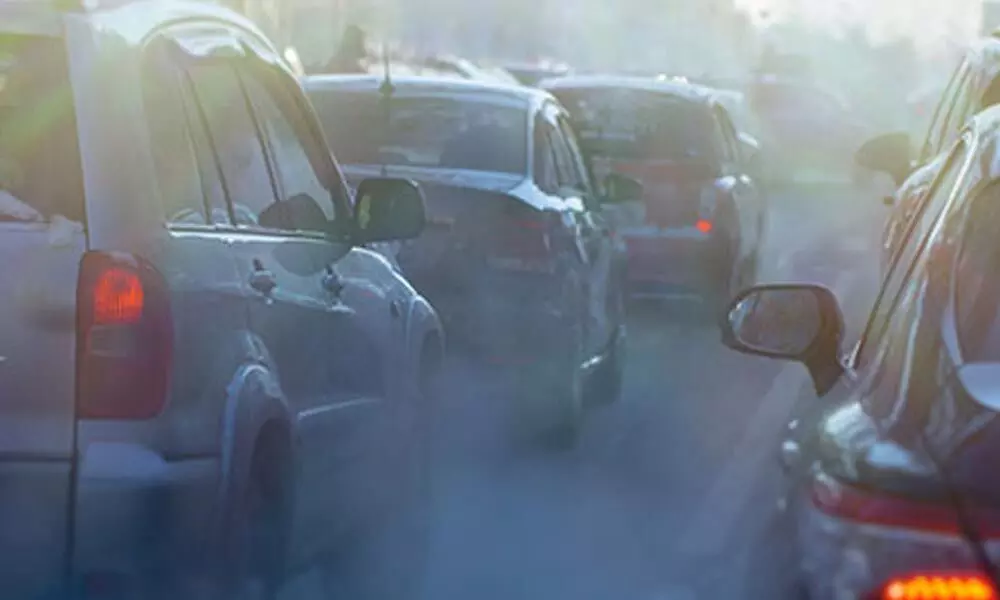The biggest question still remains: Will we finally breathe fresh air?
Air pollution is one of the biggest threats staring India squarely in the face. A slew of measures to effectively tackle this menace was expected from Budget 2021-22.
image for illustrative purpose

Air pollution is one of the biggest threats staring India squarely in the face. A slew of measures to effectively tackle this menace were expected from Budget 2021-22. The Budget, however, turned out to be a mixed bag, with more misses than hits as far as India's fight against air pollution is concerned.
Looking at the issue, more holistically, with growing loss to life and infrastructure as a result of natural disasters, and India being ranked 7th by the Global Climate Risk Index 2021 - a reflection on the poor preparedness to deal with climate reality, a more focused Budget to climate adaptation was expected. But the opportunity to promote adaptation is missed in this year's Budget.
To tackle air pollution, Budget 2021-22 provisions Rs 2,217 crore for 42 urban centres with a million-plus population. Though a welcome announcement, it doesn't address the air pollution concerns in other 80 non-attainment cities, especially Tier-II and Tier-III cities. Under an earlier programme, Rs 2,200 crore has already been disbursed to 40 cities with a million-plus population, and without adequate performance indicators in place, fund allocation to only 42 cities is neither sufficient nor sustainable. At least that's what Dr Pratima Singh, who heads the Centre for Air Pollution Studies (CAPS) at the Centre for Study of Science, Technology and Policy (CSTEP), a research-based think tank, feels. She is an authority on the subject.
What came up during a discussion with her is that only 5 per cent of cities and towns are monitored for PM2.5 level, and less than 1 per cent has air quality monitoring stations - factors responsible for a huge data gap. In this regard, Budget 2021-22 missed the trick by not prioritising monitoring infrastructure, especially in Tier-II and Tier-III cities.
One of the biggest reasons transportation is a major polluting source is the non-existent or dysfunctional public transportation systems in cities. Budget 2021-22 aims to promote public transportation through metro rail and city bus services. However, Rs 18,000 crore and Rs 20,000 buses are hugely insufficient numbers considering the massive requirement of buses in various cities of India. Moreover, no mention of electric vehicles or other cleaner modes was made in the Budget speech.
That's not all. To tackle the issue of stubble burning, especially in the northern plains of India, Budget 2021-22 could have provided support for in-situ options such as happy seeder machines. Moreover, subsidies on biogas plants would have encouraged the adoption of cleaner energy, in line with the National Biofuel Policy, 2018.
Therefore, after the presentation of the Union Budget, the biggest question still remains: Will we finally breathe fresh air?

